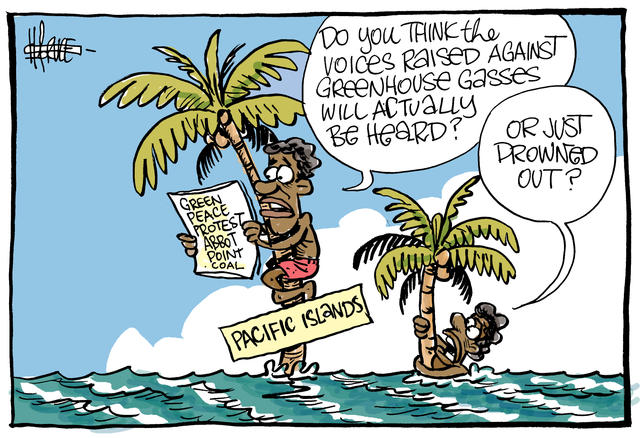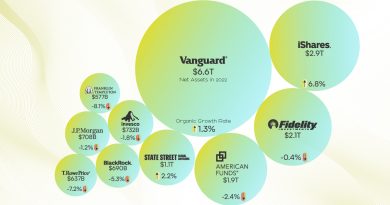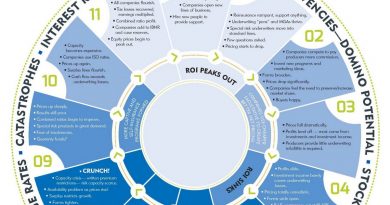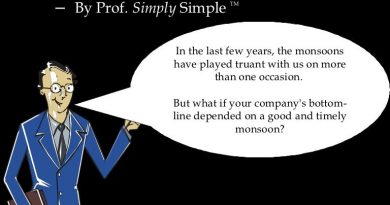Traveler s Dilemma What It is How It Works

Contents
Traveler’s Dilemma: What It is, How It Works
What Is the Traveler’s Dilemma?
The traveler’s dilemma, in game theory, is a non-zero-sum game in which two players attempt to maximize their own payoff, without regard for the other. The game demonstrates the "paradox of rationality"—the irony that making decisions illogically or naively often produces a better payoff in game theory.
Key Takeaways
- The Traveler’s dilemma is a game where two players each bid on a proposed payoff and both receive the lower bid, plus or minus a bonus.
- According to game theory, the rational strategy for both players is to choose the lowest possible payoff which results in both players receiving lower payoffs than they could achieve by following an irrational strategy.
- In experimental studies, people consistently chose higher payoffs and achieved better results than the rational strategy predicted by game theory.
Understanding the Traveler’s Dilemma
The traveler’s dilemma game, formulated in 1994 by economist Kaushik Basu, presents a scenario in which an airline damages identical antiques purchased by two travelers. Management is willing to compensate them, but since they have no idea about their value, they tell the travelers to separately write down their estimate of the value as any number between $2 and $100 without conferring with one another.
However, there are a couple of caveats:
- If both travelers write down the same number, they will be reimbursed that amount.
- If they write different numbers, management will assume that the lower price is the actual value and that the person with the higher number is cheating. While they will pay both of them the lower figure, the person with the lower number will get a $2 bonus for honesty, while the one who wrote the higher number will get a $2 penalty.
The rational choice, in terms of the Nash equilibrium, is $2. The reasoning goes as follows.
- Traveler A’s first impulse may be to write down $100 and if Traveler B also writes down $100, that is the amount both will receive from the airline management.
- But, if Traveler A puts down $99 and if Traveler B puts down $100, then A would receive $101 ($99 + $2 bonus).
- But A believes that this line of thinking will also occur to B, and if B also puts down $99, both would receive $99. So A would really be better off putting down $98, and receiving $100 ($98 + $2 bonus) if B writes $99.
- But since this same thought of writing $98 could occur to B, A considers putting down $97, and so on.
- This line of backward induction will take the travelers all the way down to the smallest permissible number, $2.
Choosing Nash Equilibrium
In experimental studies, contrary to the predictions of game theory, most people pick $100 or a number close to it, either without thinking the problem through or while fully aware they are deviating from the rational choice. So, while most people intuitively feel that they would select a much higher number than $2, this intuition seems to contradict the logical outcome predicted by game theory—that each traveler would select $2. By rejecting the logical choice and acting illogically by writing a higher number, people end up getting a substantially bigger payoff.
These results agree with similar studies using other games such as the Prisoner’s Dilemma and the Public Goods game, where experimental subjects tend not to choose the Nash equilibrium. Based on these studies, researchers have proposed that people appear to have a natural, positive attitude in favor of cooperation. This attitude leads to cooperative equilibria that provide higher payoffs to all players in single-shot or repeated games and can be explained by selective evolutionary pressures that favor these kinds of seemingly irrational but beneficial strategies.
However, traveler’s dilemma studies have also shown that when the penalty/bonus is larger or when the players consist of teams who make a common decision, then the players more often choose to follow the rational strategy that leads to the Nash equilibrium. These effects also interact, in that teams of players not only choose the more rational strategy but are also even more responsive to the size of the penalty/bonus than individual players.
These studies suggest that evolved strategies that tend to create beneficial social outcomes can be offset by more rational strategies that tend toward the Nash equilibrium depending on the structure of the incentives and the presence of social divisions.



